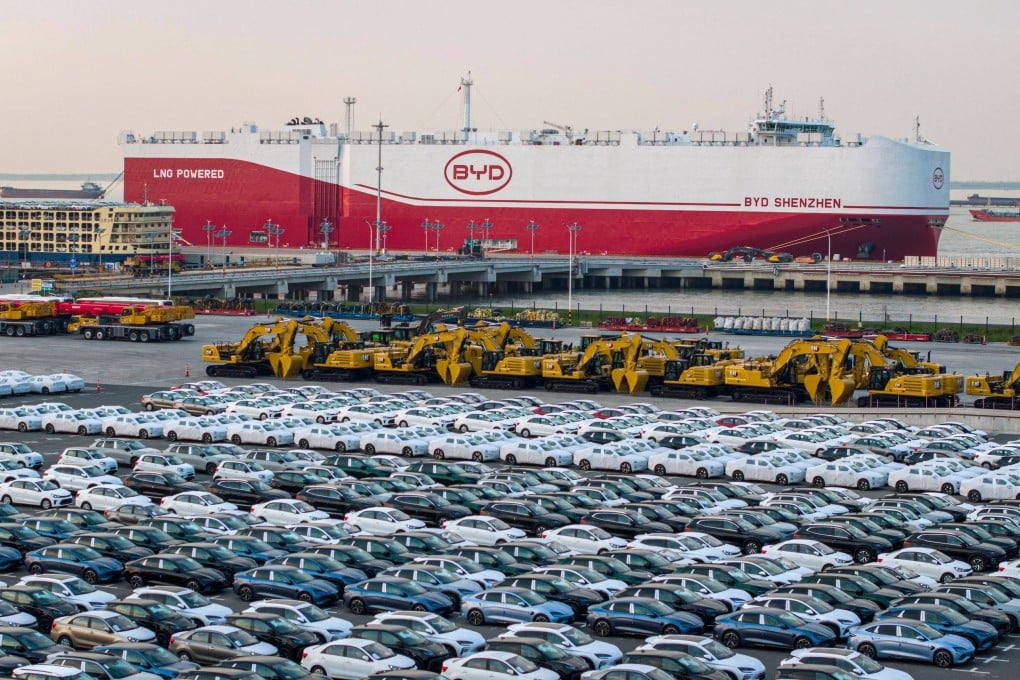Advertisement
Opinion | Why China’s problem of cutthroat competition demands the world’s attention
China’s issues with overcapacity are in the spotlight, but similar dynamics are cropping up elsewhere and threatening to spill over
Reading Time:3 minutes
Why you can trust SCMP
4

When Joseph Schumpeter coined the term “creative destruction”, he might not have realised just how destructive unrestrained competition could be. That is the paradox at the heart of China’s recent economic success.
On Monday, People’s Daily ran an editorial, calling for neijuan or involution – a self-defeating cycle of excessive competition – to be nipped in the bud. For China’s Communist Party mouthpiece to publicly acknowledge the issue signals its severity. Involution has become an economic undercurrent shaping what we are seeing, from industrial strategy to global trade dynamics.
For example, around the time the People’s Daily article was published, BYD slashed prices on 22 vehicle models by up to 34 per cent, with its Seagull model now selling for just 55,800 yuan (US$7,750). Other competitors are likely to follow suit shortly.
Headlines largely focused on the stock price of carmakers. However, the real story is that BYD could have just priced an entire cohort of Japanese, Korean and European cars out of relevance. Let’s not forget the knock-on effects: foreign carmakers facing shrinking margins and slowing innovation budgets could end up withdrawing from electric vehicle (EV) battles they cannot win.
Then there are Meituan and JD.com, both stepping up subsidies, fighting for user growth in an already saturated food delivery market. This is not because demand has collapsed but because competition has become pathological. Businesses are stuck in a race to the bottom.
Classical economic theory suggests profits will converge to a normal level in the long run, but such intense competition means supernormal profit plunges quickly while subnormal profit takes much longer to converge upwards. Margins get relentlessly compressed. Incentives trigger an excessive response. Everyone chases the same opportunity – often recklessly.
Advertisement
Select Voice
Choose your listening speed
Get through articles 2x faster
1.25x
250 WPM
Slow
Average
Fast
1.25x
